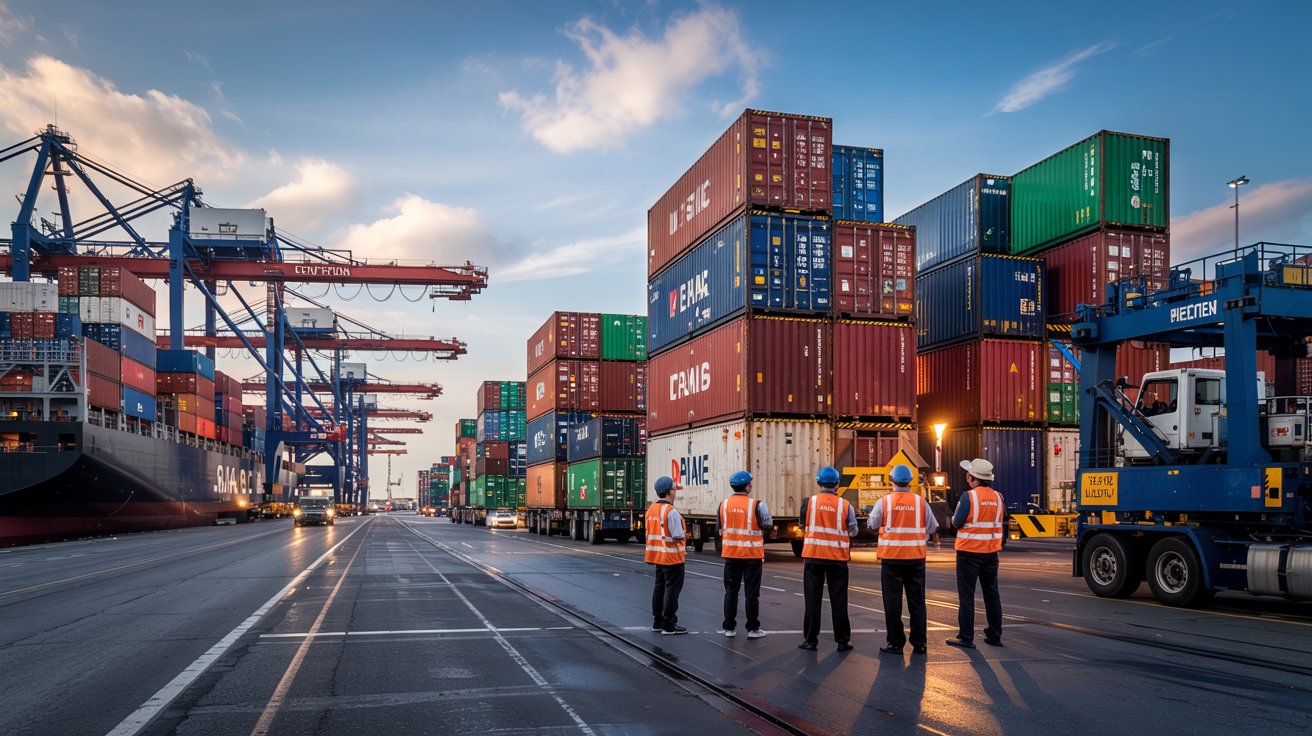How U.S. Tariff Policies Are Disrupting Global Economies — What Every American Needs to Know is no longer just a headline — it’s the reality reshaping global markets, trade relationships, and America’s economic future.
The U.S. Tariff Shockwave: What’s Happening and Why It Matters
On April 4, 2025, the U.S. administration announced a sweeping series of tariffs on imports from China, the European Union, Mexico, and Canada. The policy, positioned as a defense against “unfair trade practices,” includes tariffs ranging from 20% to 34% on major goods like electronics, steel, and automobiles. According to the Office of the U.S. Trade Representative, the goal is to revitalize domestic manufacturing and reduce dependency on foreign suppliers.
But the ripple effect is global — and immediate.
Global Financial Markets React with Instability
Following the announcement, financial markets across the world tumbled:
- Dow Jones plunged by 1,679 points — its steepest fall since 2020.
- Shanghai Composite Index dropped by 4.3% in a single trading day.
- European markets, including Germany’s DAX and the UK’s FTSE, also saw significant downturns.
These reactions highlight growing investor fears of a new trade war — one that could impact supply chains, consumer prices, and global economic growth.
Why Every American Should Be Paying Attention
Tariffs may sound like a technical government tool, but their impact is personal. Here’s how they could affect American lives:
- Higher Prices at Checkout: Everyday goods from smartphones to vehicles could see price hikes.
- Inflation Pressures: As costs rise, the Federal Reserve may face pressure to adjust interest rates again.
- Export Backlash: Retaliatory tariffs from other nations could hurt American farmers and manufacturers.
📌 Credible Source Reference: A detailed report by AP News confirms that these new tariffs are already reshaping trade balances and international diplomacy.
International Fallout: Retaliation Begins
Countries affected by the tariffs are responding:
- China imposed reciprocal tariffs on U.S. agricultural goods and semiconductors.
- The EU is preparing a counter-package targeting American tech and luxury exports.
- Canada announced subsidies for local manufacturers to absorb the impact.
This tit-for-tat escalation could contract global trade by up to 1% in 2025, according to a warning from the World Trade Organization.
U.S. Tariff Policies, Key Voices Speak Out
Economists and business leaders are sounding the alarm:
- Deutsche Bank analysts warned the tariffs could “jeopardize the global financial order.”
- Billionaire investor Bill Ackman called it a “self-induced economic nuclear winter.”
- The U.S. Chamber of Commerce stressed these moves may hurt more than help if global trade slows.
Long-Term Outlook: Opportunity or Economic Strain?
There are two likely scenarios for the months ahead:
| Scenario | Potential Outcome |
|---|---|
| Positive | Domestic production rises, job growth in key sectors, reduced import dependency. |
| Negative | Global trade slows, U.S. exports fall, consumer inflation rises. |
While the outcome is yet to be determined, the stakes are high. Policymakers must carefully balance national interests with international cooperation to avoid a long-term economic slowdown.
Conclusion: The World Is Watching America’s Next Move
With U.S. tariff policies disrupting global economies, the future of trade is uncertain but crucial. The current direction will either position the United States as a manufacturing powerhouse — or ignite prolonged economic friction worldwide.
According to the World Trade Organization, a sustained trade conflict could reduce global GDP by $1.3 trillion by 2027, hitting both developed and emerging economies hard. As we move forward, transparency, diplomacy, and smarter negotiations will be essential in ensuring America’s economic future remains strong — and globally respected.
[USnewsSphere.com / apn]





